Iranian caravanserais bear testimony to country’s glorious history, culture
By Humaira Ahad
The air is crisp, leaves are turning pale, and evening has descended on Qazvin, a central Iranian city located at the foothills of the Alborz Mountains, known for its architecture and archeological sites.
While walking through the downtown of the city, visitors are greeted with the appetizing smell of grilled corn. They grab the fresh hot corn and begin their journey that takes them back in time.
The city, which is also the calligraphy capital of Iran, is the home to Sa'd al-Saltaneh Caravanserai. While passing through its gigantic door, a bonanza of colors and lights greets visitors.
The caravanserai that hosted travelers for hundreds of years has now been turned into a bazaar displaying traditional Iranian handicrafts.
Bearing testimony to commercial hospitality that dates back to 2000 BC, caravanserais or traveler’s inns are found in abundance in Iran, as the country was a significant stop along the ancient Silk Route.
“Our geographical position is unique. Iran is located at the junction of ancient civilizations, so all the caravans that passed through the silk route had to travel through Iran,” Shireen Ghaderi, an archeologist from Tehran said in a conversation with the Press TV website.
“From pre-historic times, Iran was a bridge and Iranians always paid attention to the construction of roads and related structures.”
Iran being one of the important stops of the Silk Road, the route passed through northern Iranian cities including Merv, Sarakhs, Nishapur, Gorgan, Ray, Qazvin, Zanjan, and Hamadan,
Sub-branches of the main Silk Road led to central and southern Iran and passed through the cities of Kashan, Nain, Kerman, Yazd, Shiraz, and Isfahan. These cities are home to hundreds of caravanserais.
Once inside a caravanserai, a person is surrounded by walls and arches that have stood for centuries.
From their protective walls to their unique architectural features, caravanserais offer visitors a glimpse into a bygone era, transporting them back in time.
UNESCO recognition
Recently, the United Nations Educational Scientific and Cultural Organization (UNESCO) added as many as 54 Iranian caravanserais to its list of world heritage sites, which made news everywhere.
The 54 caravanserais spread over 26 Iranian provinces are only a small percentage of the numerous caravanserais built along the ancient roads of Iran and are still prime tourist attractions.
The country has hundreds of caravanserais along the historic trade routes connecting Asia to Europe.
“The 200 caravanserai that got nominated for the UNESCO heritage list are distinct as each one of them presents a unique architectural design, says Sahar Salkhi, an architect and researcher from Tehran.
“Iran has been a pioneer in caravanserai construction, the ones found outside of Iran are modeled on Iranian prototypes,” Salkhi said in a conversation with the Press TV website.
Being one of the main elements of Iranian architecture, these traveler’s inns progressed from being simple resting places to beautiful manifestations of world-famous Iranian architecture.
In his travelogue, the French merchant Jean Baptiste Tavernier writes that Iranian caravanserais are far better and more comfortable than most European hotels.
Many say that the recent recognition of Iranian caravanserais as world heritage sites will boost the country’s tourism industry and bring more foreign travelers to Iran.
Salkhi agrees, saying Iran is “among the few countries” that have its historical sites preserved.
“These caravanserais have been one of the most important tourist attractions and their world recognition will definitely boost the influx of tourists to the country,” she remarked.
History of Iranian Caravanserais
As per historical records, the foundation of caravanserais in Iran was laid during the Achaemenid Empire reign, an ancient Iranian empire founded by Cyrus the Great in 550 BC.
According to Herodotus, the Greek historian, caravanserais were built along the Achaemenid Empire’s Royal Road and covered a distance of around 2500 km.
In his book titled Parthian Stations, Isidore of Charax, a first-century B.C. geographer mentioned 136 caravanserais along the Silk Road.
As per historical evidence, Iran has been more advanced in the construction of these resting places for caravans than other civilized nations of ancient times.
“Achaemenid conquests can be considered as the stepping stone in the establishment of the Silk Road. Parthians and Achaemenids were responsible for the safety of caravans that passed through Iran,” Salkhi told the Press TV website.
Caravanserais were built at a distance that could be covered by travelers in a day.
Historians regard the Sassanid period in Iran as the golden period for the construction of caravanserais. The economic prosperity of the Persian empire during this period led to the extensive construction of traveler’s inns along the roads of the empire also helping to boost trade.
Iran emerged as an important spot on the Silk Road that increasingly linked the markets of the Mediterranean and West Asia with South, Central, and East Asia and went as far as Europe.
It is also believed that the arrival of Islam accelerated the establishment of caravanserais. Construction of caravanserais reached its pinnacle during the Safavid era (1501 to 1736) as the period marked prosperity in maritime and overland trade, additionally through the silk route.
Spread of culture and religion
In addition to being a secure resting place for travelers, caravanserais also emerged as a convergence point for traders, scholars, and explorers, encouraging the exchange of knowledge, ideas, and discoveries.
Over time these traveler’s inns assumed the role of local meeting places, official public spaces, and also as venues for commercial activities.
Experts say apart from being a route to transport goods, the Silk Road helped in the spread of Buddhism, Judaism, Islam, Christianity, Zoroastrianism, and other religions.
“With a continuous influx of people, communities were set up which led to the exchange and spread of culture and ideas. There have been instances where people have stayed up to a year in these serais,” Ghaderi said in a conversation with the Press TV website.
“The caravans would most of the time include intellectuals like geographers, historians, etc. who would record their interactions and carry their experiences to their homelands,” she added.
As trade proved to be the prime way through which Islam spread across countries, caravanserai turned out to be the backbone for religious thoughts to be exchanged.
With new communities always springing around these caravanserais, the continuous inflow of travelers in important Muslim cities led to the exchange of ideas and insights in different fields of knowledge ultimately leading to considerable progress in the Islamic world.
“Mullah Sadra stayed long in one of these caravanserais and preached religion and mysticism. His teachings were spread to distant lands through the caravans,” Ghaderi remarked.
Technical knowledge like the papermaking technique also made its way to the West through these caravanserais on the Silk Route.
Caravanserais as the local centers of civilizations led to the growth of science and culture. Supported by the money generated by trade, the unprecedented exchange of traditions, customs, languages, etc. that took place among travelers played a major role in the social and intellectual development of the region.
The economic and cultural exchanges that were made possible by caravanserais had a widespread effect that is visible in the present-day world amid the diversity of languages, faiths, and cultures.
Attracting people from around the globe, presently these magnificent structures stand testimony to Iran’s glorious history and culture that inspired cultures across the world.
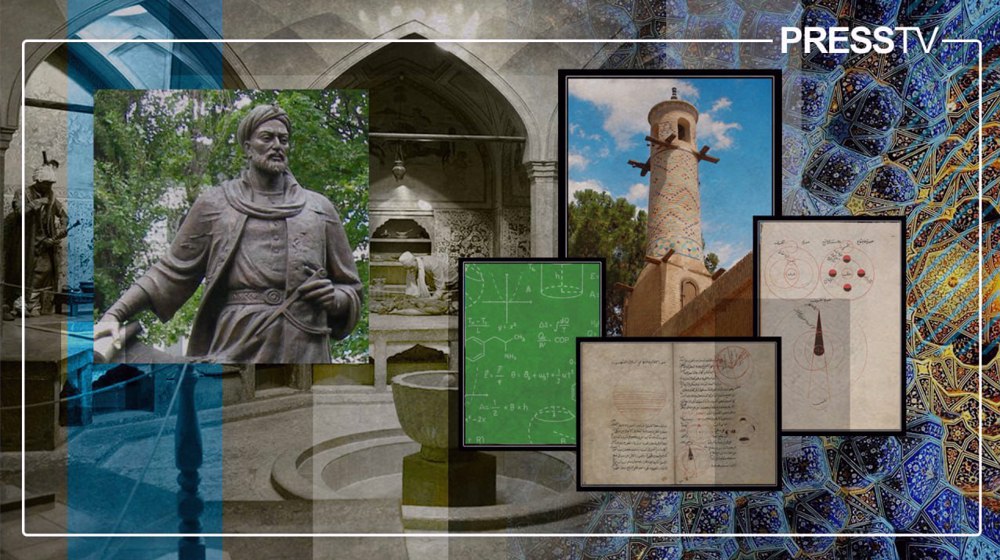
Remembering Sheikh Bahai, Iran's iconic theologian, astronomer, engineering genius
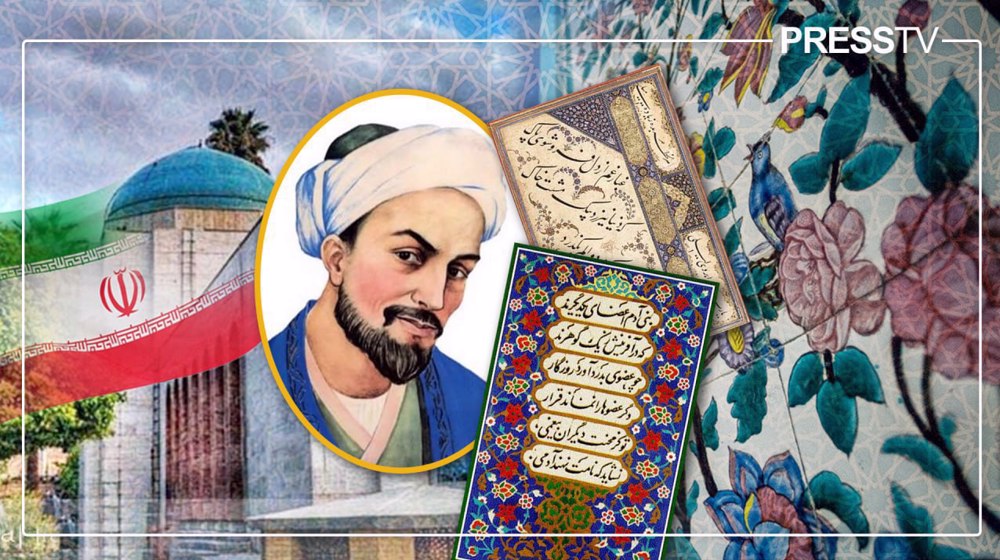
Remembering Saadi Shirazi, Persian poet whose message of universality endures
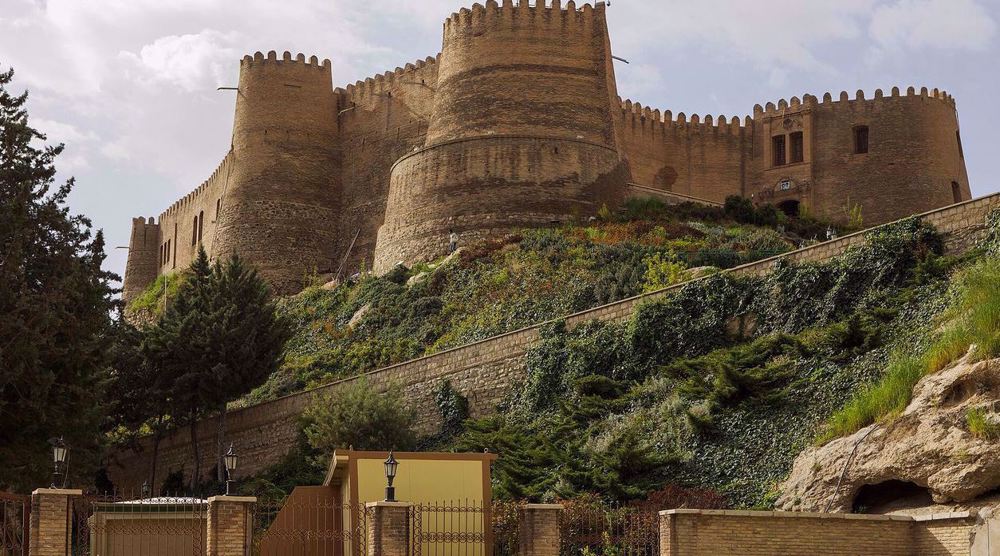
Tehran seeks UNESCO recognition for Iran mirrorwork art and Falak-ol-Aflak fortress
Over 100 rabbis, cantors slam Trump for pro-Palestine campus crackdown
Nearly 30 Palestinians killed in fresh Israeli strikes on Gaza
VIDEO | Press TV's news headlines
FBI, local police raid homes of pro-Palestine activists in Michigan
Trump ratings low amid US economic turmoil
VIDEO | Trump tariffs: A wrecking ball!
Israel deprives Gazans of basic needs for ‘survival’: UN
South Africa has no choice but to support resistance against Israel's genocide in Gaza


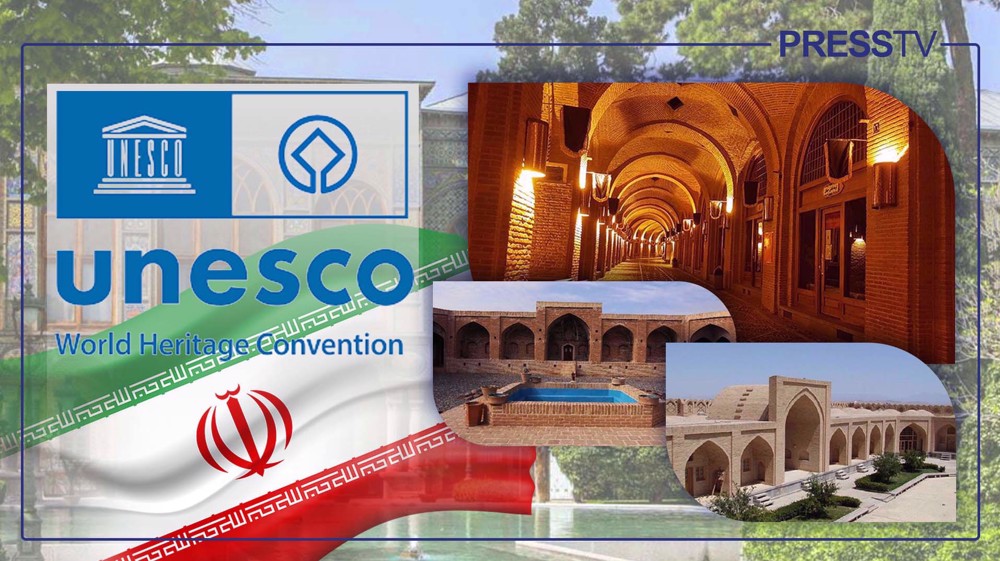



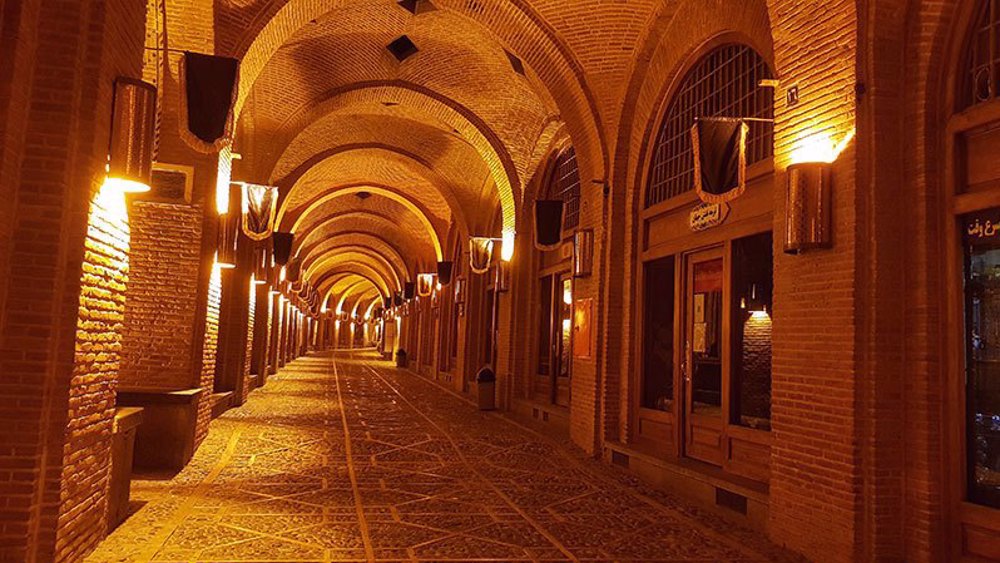
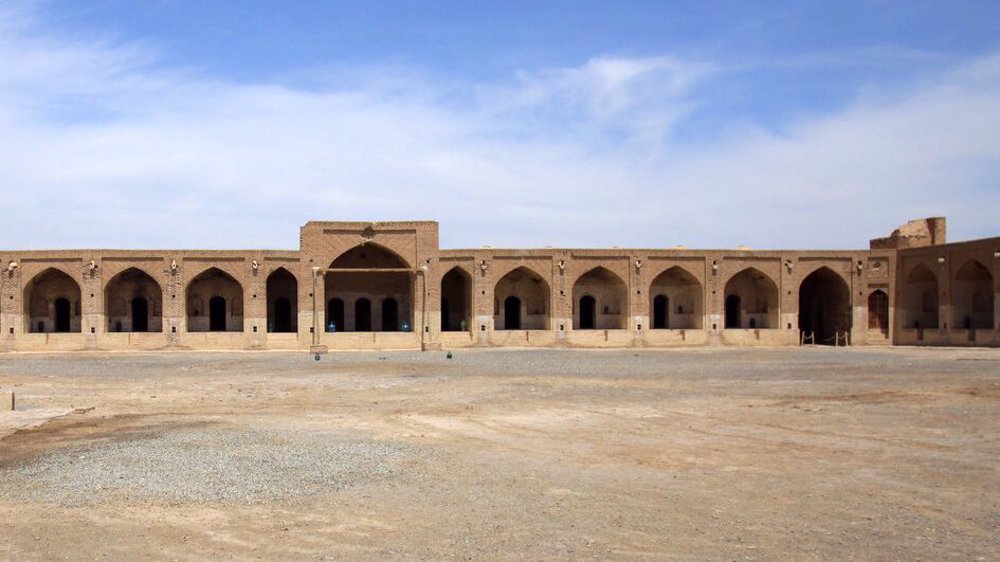
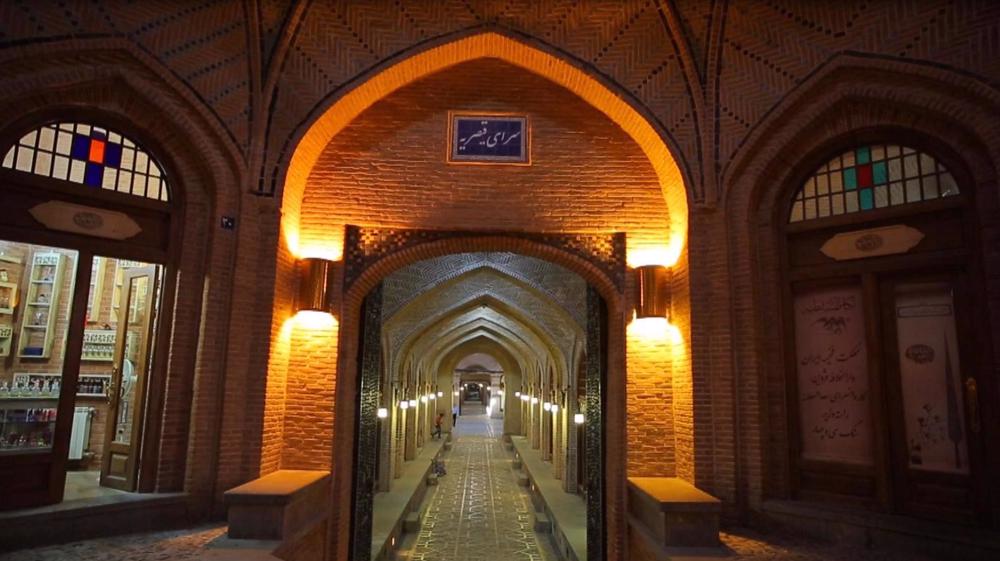
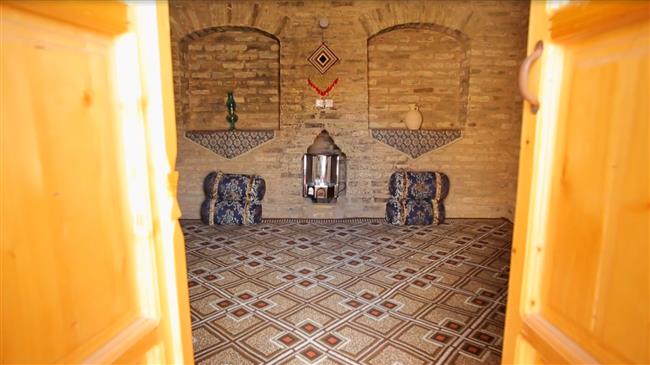


 This makes it easy to access the Press TV website
This makes it easy to access the Press TV website